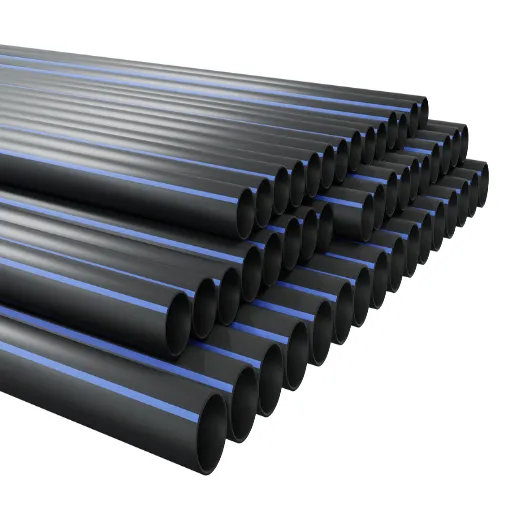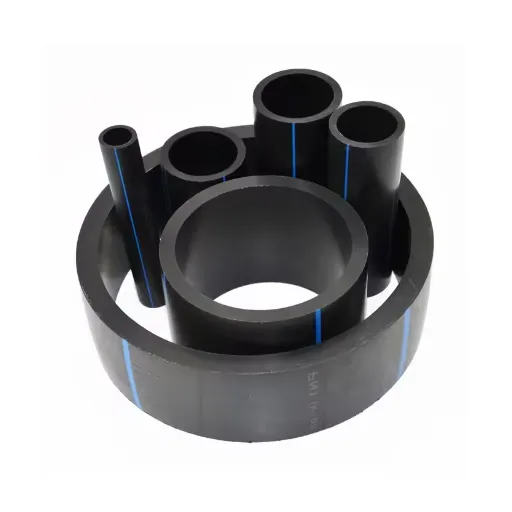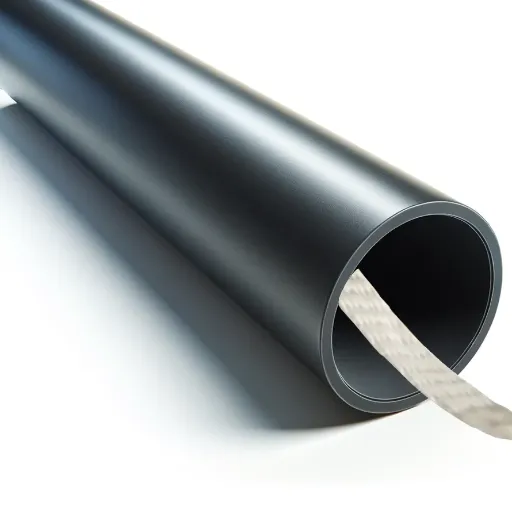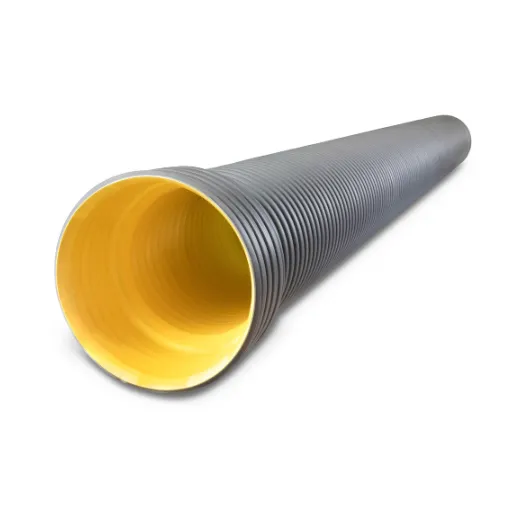The domain of HDPE pipe welding is ever-evolving because of technological advancements and growing infrastructure demands for durability, efficiency, and sustainability. Among the major activities of the welding system, fusion heating time is a crucial factor for ensuring joint integrity and the realization of long life in piping systems.
Introduction to HDPE Pipe Fusion
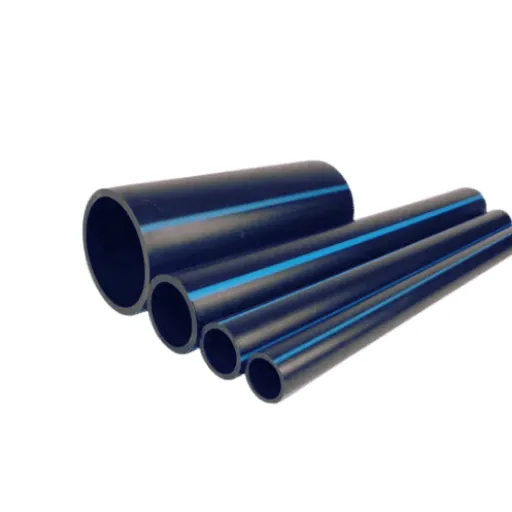
What is HDPE Fusion?
HDPE fusion is a technique that uses heat to join high-density polyethylene (HDPE) pipes or fittings into a homogenous bond. After heating from about 140°C to 200°C, the surfaces are pressed against each other to meld and join into a single material; therefore, the joint is as strong and durable as the original material itself, which permits long-time service with guaranteed leakage protection.
Key Benefits of HDPE Fusion:
- Creates seamless, leak-proof joints
- Joint strength equals original material strength
- Suitable for water distribution, gas pipelines, and sewage systems
- Superior to mechanical fittings and adhesive bonding
Through a set of methodical steps, the ends of pipes or fitting surfaces are correctly aligned and then heated with apparatus such as a heating plate or a fusion machine. The pressure, temperature, and cooling times are strictly controlled to meet industry standards like those set by ASTM International and ISO.
Importance of Heating Time in Pipe Fusion
Heating time is an essential variable in ensuring the success and reliability of joining HDPE pipe by fusion. The heating-time balance depends on several factors:
- Pipe size and wall thickness
- Type of fusion equipment used
- Environmental conditions
- Material specifications
Critical Warning: Too short an exposure time results in incomplete fusion and weak joints that fail under working stress. Too long exposure time may cause material degradation, affecting performance and life expectancy.
Overview of HDPE Pipe Applications
High-Density Polyethylene pipes rank among the most versatile piping solutions used across multiple industries. Here are the five main applications:
Primary Application Areas
- Water Supply Systems: Noncorrosive and lightweight, serving 50+ years under standard conditions
- Agricultural Irrigation: UV-resistant pipes for drip irrigation, sprinklers, and water pipelines
- Natural Gas Distribution: High strength-to-density ratio with excellent chemical resistance
- Wastewater Management: Chemical-resistant with smooth internal surfaces for efficient flow
- Industrial Piping Systems: Suitable for oil and gas, mining, and chemical manufacturing
Fusion Techniques and Technologies
Butt Fusion vs. Socket Fusion
| Aspect | Butt Fusion | Socket Fusion |
|---|---|---|
| Technique | End-to-end | End-to-socket |
| Purpose | Large diameter | Small diameter |
| Flexibility | Moderate | High |
| Accuracy | Precise | Adequate |
| Tool | Butt welder | Socket welder |
| Usage | Straight pipes | Angled pipes |
| Alignment Need | High | Low |
| Heating Area | Pipe ends | Pipe & socket |
Electrofusion and Its Applications
Electrofusion is a highly specialized welding process that uses electric current passed through an embedded wire coil in the fitting to generate heat for fusion. This method offers superior precision and strength.
Key Electrofusion Applications:
- Gas Distribution Pipeline Systems: Ensures leak-proof joints under high operating pressure
- Water Utility Infrastructure: Excellent resistance to environmental stresses and chemicals
- Repair and Maintenance: Quick, durable repairs without complete pipe replacement
- Subsea and Marine Applications: Performs well in submerged or wet conditions
- Industrial Process Piping: Handles corrosive or abrasive materials safely
Innovations in Hot Melt Welding
Recent advancements in hot melt welding technology include:
- Advanced temperature control systems for consistent heating
- Automated welding systems with machine learning algorithms
- High-performance thermoplastics with improved melting qualities
- Laser and infrared-assisted welding for precision applications
- Predictive maintenance systems for reduced downtime
Heating Time Specifications for HDPE Pipe Fusion

Recommended Heating Times Based on Pipe Size
Heating time for the fusion of HDPE pipe is crucial for achieving proper joint integrity and long-term performance. Below are the standard heating times:
| Pipe Diameter (in.) | Heating Time (sec) | Maximum Heating Time (sec) | Notes |
|---|---|---|---|
| 1 – 2 | 4-8 | 10 | Ensure consistent pressure during heating |
| 3 – 4 | 9-12 | 15 | Avoid overheating, as it may degrade the polymer |
| 6 – 8 | 15-20 | 25 | Use a calibrated heating plate for uniform performance |
| 10 – 12 | 25-35 | 45 | Monitor heat distribution to prevent warping |
| 14+ | 40-60 | 75 | Larger diameters may require additional equipment calibration |
Factors Affecting Heating Time
Several critical factors influence heating time during HDPE pipe fusion:
Material Properties
- Material Thickness and Density: Thicker materials require longer heating times
- Thermal Conductivity: Affects the heat penetration rate through the material
Equipment Specifications
- Heating Equipment Type: Different systems provide varying heating efficiency
- Temperature Control Accuracy: Precise control ensures optimal results
Environmental Conditions
- Ambient Temperature: Higher temperatures reduce the required heating time
- Humidity Levels: Affects thermal efficiency and material moisture content
Physical Characteristics
- Surface Area to Volume Ratio: Higher ratios heat more quickly
- Preheating and Conditioning: Reduces overall heating time requirements
Advancements in Fusion Equipment
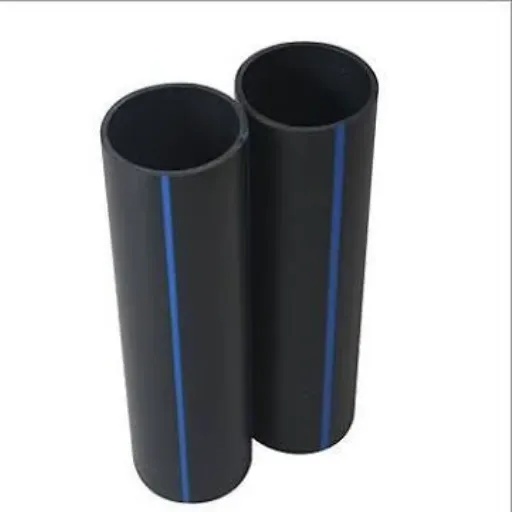
Automated Welding Machines in 2025
Welding advancements are transforming industrial manufacturing with AI/ML integration. Key features include:
2025 Technology Features:
- Smart sensors for real-time defect detection
- Process control adaptation for complex welding scenarios
- Automatic misalignment detection and correction
- Material-specific parameter adjustment
- IoT integration for remote monitoring
- Predictive maintenance capabilities
Best Practices for Using Fusion Machines
Following best practices ensures optimal machine performance and longevity:
- Pre-use Inspection: Check for wear, damage, or misalignment before operation
- Proper Calibration: Adjust settings according to material specifications and project requirements
- Regular Maintenance: Clean all components, especially heater plates, to prevent debris buildup
- Quality Consumables: Use manufacturer-recommended alignment clamps and cutting tools
- Operator Training: Ensure comprehensive safety protocol training and PPE usage
- Documentation: Record welding parameters for quality control and troubleshooting
Challenges in HDPE Pipe Fusion and Solutions
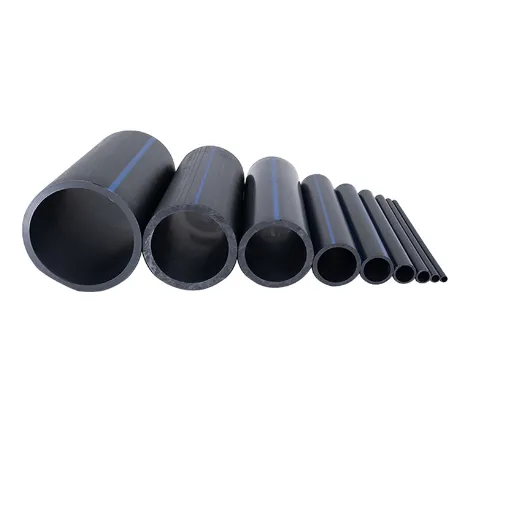
Common Issues Faced During Fusion
| Issue | Cause | Failure Rate | Impact |
|---|---|---|---|
| Insufficient Surface Preparation | Dirt, oils, or oxidation on pipe surfaces | 35% | Weakened bond strength |
| Incorrect Heating Time | Too much or too little heat application | 25% | Joint degradation or incomplete fusion |
| Misalignment of Pipes | Improper alignment during fusion | 20% | Uneven joints and stress points |
| Environmental Factors | Wind, rain, extreme temperatures | 15% | Incomplete bonds and timing variations |
| Operator Error | Insufficient training or procedure non-compliance | 10-15% | Various fusion joint inadequacies |
Practical Solutions for Efficient Welding
Step-by-Step Solution Approach:
- Material and Tool Preparation:
- Clean pipe surfaces thoroughly
- Remove all dirt, oil, and moisture
- Calibrate equipment per manufacturer standards
- Fusion Procedure Compliance:
- Follow step-by-step alignment procedures
- Apply uniform pressure during cooling
- Adhere to ASTM or ISO industry standards
- Operator Competency:
- Provide comprehensive fusion process training
- Conduct regular performance evaluations
- Implement continuous improvement programs
Future Trends in HDPE Fusion Technology
The future of HDPE fusion will be shaped by several key technological advancements:
Automation and Monitoring
- Robotic fusion systems with precise control mechanisms
- IoT-enabled real-time monitoring of temperature, pressure, and alignment
- Digital traceability for complete joint integrity verification
Advanced Materials
- Enhanced HDPE compounds resistant to environmental stress cracking
- High-performance materials for critical infrastructure applications
- Improved long-term durability under harsh conditions
Sustainability Initiatives
- HDPE material recycling research and development
- Energy-efficient fusion techniques
- Reduced carbon emissions throughout the product lifecycle
Frequently Asked Questions (FAQ)
References
- Thermal and Residual Stress Distributions in Butt Fusion Joints – Research paper on tensile yield strength of welded joints
- SUDAS Design Manual: 2025 Edition – Updated HDPE pipe design and fusion techniques
- Texas RRC Standards (Effective January 6, 2025) – Rules and standards for heat fusion techniques



